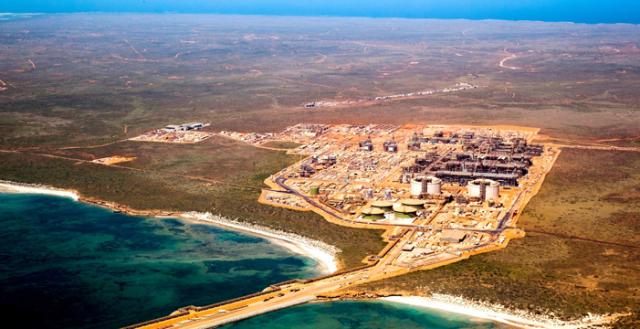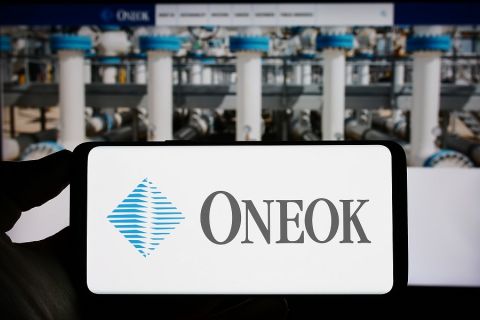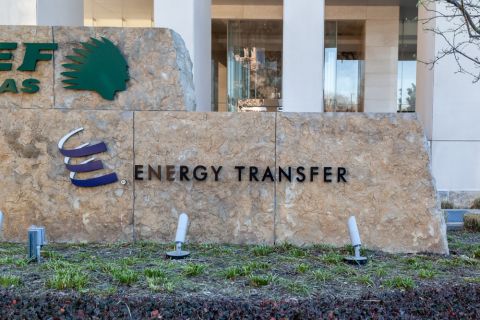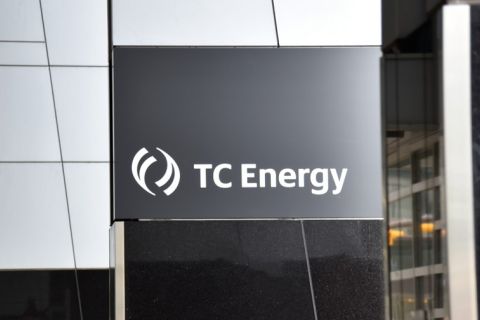
Chevron recently confirmed that its Gorgon CCS was still only operating at around half its capacity, with no timeframe for meeting its carbon capture targets. (Source: Chevron Corp.)
Carbon Capture projects are increasingly being touted as a key piece of the decarbonization puzzle. Demand for fossil fuels shows no sign of shrinking, but at the same time countries are adopting increasingly ambitious emissions reduction targets in the longer term as the energy transition accelerates.
A growing number of oil and gas industry players is proposing to use carbon capture and sequestration (CCS) to address this challenge, with plans to potentially deploy carbon capture alongside upstream operations, gas liquefaction terminals and downstream facilities, among others. A handful of CCS projects are already in operation and a rapidly growing number is in the early stages of development. However, operational challenges at certain existing CCS projects have led to concerns over how well a larger CCS industry will perform. As global CCS capacity rises, scrutiny of the projects’ performance can be expected to intensify.
CCS growing pains
One CCS project in particular that has found itself in the spotlight over underperformance is the facility at the Chevron-led Gorgon LNG project in Australia. Chevron did not reply to Hart Energy’s inquiries about the project, but recently confirmed to Reuters that Gorgon CCS was still only operating at around half its capacity, with no timeframe for meeting its carbon capture targets.
The facility is designed to capture around 4 million tonnes per annum (mtpa)of CO₂ but had only ramped up to 2.1 mtpa in 2021, having run into a series of challenges since entering service in 2019. Chevron has said it is still learning how to operate the project at its designed capacity, though it has insisted that the CO₂ injection systems are working reliably, but that operations need to be scaled up.
However, capturing at least 80% of CO₂ emissions from the reservoirs that supply Gorgon LNG is a requirement under the permits issued for that project by the government of Western Australia. In late 2021, Chevron resorted to buying carbon offsets in an effort to compensate for failing to meet capture targets at Gorgon. It is expected to continue doing this to make up for any future shortfalls in CO₂ captured as well, but this approach will prove costly the longer it goes on, as well as raising new questions over the ability of CCS to meet expectations.
“There will be many CCS ‘firsts of a kind’ in the 2020s, and operators should allow for early issues, as with the roll-out of any new technology.”—Mhairidh Evans, head of CCUS research, Wood Mackenzie
Indeed, critics are already arguing that underperformance at Gorgon CCS is evidence that the technology will not be able to live up to expectations more broadly as it is increasingly rolled out across the global oil and gas industry. Among these critics is the Institute for Energy Economics and Financial Analysis (IEEFA), a think-tank focused on the energy transition. IEEFA argued in an April report that while CCS technology had been in use since 1972, the majority of projects deploying it have run into “unique engineering challenges” that prevented them from meeting their full potential.
The institute acknowledges that to date carbon capture has been used predominantly for the purposes of EOR, which accounts for 73% of existing projects. This is changing, though, as more CCS facilities are proposed for the purpose of containing emissions. Indeed, Gorgon is one of the prominent examples of a CCS project developed to address emissions. But IEEFA LNG and gas analyst Bruce Robertson–one of the authors of the institute’s report on Gorgon–believes carbon capture’s long history means that if there are still performance issues today then they may be unfixable.
“This technology has been around so long and yet they can't get it to work,” Robertson told Hart Energy. “It has fundamental engineering problems they don't seem to be able to resolve despite throwing money and the best of the best [engineers] at the problem.”
Not everyone agrees with this assessment, however. Others take the view that pivoting away from EOR makes CCS for decarbonization an emerging technology and that the challenges at Gorgon CCS would not necessarily apply to other projects now under development.
“CCS at the Chevron-operated Gorgon LNG project has had criticism for high costs and poor performance since start-up,” Wood Mackenzie’s head of CCUS research, Mhairidh Evans, told Hart Energy. “The challenges at Gorgon have included equipment failure and reduced injection rates due to risk of pressure build-up. These demonstrate the technical complexity of CO₂ injection and provide valuable lessons for future projects.
“Our assessment is that operational issues at an individual project do not signify a failure of the technology itself,” Evans added. “CCS is a nascent technology, which is on the cusp of significant expansion due to companies’ motivation to decarbonize hard-to-abate sectors. There will be many CCS ‘firsts of a kind’ in the 2020s, and operators should allow for early issues, as with the roll-out of any new technology.”
Indeed, Evans noted that most of the existing commercial-scale CCS projects had largely met their operational targets.
Overcoming challenges
Efforts to advance CCS are ramping up, and there are expectations that rising investment into R&D will pay off.
“Industry players are now putting significant investment into R&D and testing to ensure safe and reliable operations, and there’s a huge pipeline of projects being worked up,” Evans said. “We expect carbon capture capacity to grow at least five-fold this decade.”
Industry collaboration to advance decarbonization initiatives including CCS is also on the rise. One example of this kind of collaboration is the Oil and Gas Climate Initiative (OGCI), a CEO-led group that brings together some of the biggest oil and gas companies globally.
“The OGCI CCUS Kickstarter Initiative, launched in 2019, provided a forum for experts to share knowledge,” an OGCI spokesperson told Hart Energy. “Today, OGCI member companies are involved in the development of more than 20 potential CCUS hubs.”
The hubs are aimed at achieving economies of scale by “sharing transport and storage infrastructure, accelerating standardization and easing the development of policies and regulations,” according to the spokesperson. The group also sees integrated value chain risk management as a benefit of the hub approach.
One of the concerns about CCS projects is that their peak capacity represents a best-case scenario that could be challenging to meet in practice, as Gorgon appears to have shown to date.
“It is true that during the project development timeline (years), project costs, capture and storage specifications will be evaluated and updated as risks and uncertainties become better known and understood,” the spokesperson said.
There are other challenges to contend with and additional objections that could arise as CCS is more widely deployed. IEEFA’s Robertson noted that if it were not for CCS, certain projects with high CO₂ content would not be developed at all. If the CCS facilities then do not perform as expected, this results in higher emissions that might have otherwise been avoided.
“The amount of emissions out of Gorgon are much higher than then say, for example, Woodside's Scarborough project, which they're about to embark on. And that's with carbon capture and storage, so this is a fundamental issue,” Robertson said. “If it doesn't work to specs, you're allowing the development of higher CO₂ fields, so from a climate point of view it’s much worse.”
Recommended Reading
Equitrans Delays WV-VA Mountain Valley Natgas Pipe Again, Boosts Cost
2024-02-20 - U.S. energy firm Equitrans Midstream delayed the estimated completion of its Mountain Valley natural gas pipeline from West Virginia to Virginia to the second quarter from the first quarter due in part to adverse weather in January.
FERC Approves ONEOK Pipeline Segment Connecting Permian to Mexico
2024-02-16 - ONEOK’s Saguaro Connector Pipeline will transport U.S. gas to Mexico Pacific’s Saguaro LNG project.
Energy Transfer Asks FERC to Weigh in on Williams Gas Project
2024-04-08 - Energy Transfer's filing continues the dispute over Williams’ development of the Louisiana Energy Gateway.
TC Energy’s Keystone Back Online After Temporary Service Halt
2024-03-10 - As Canada’s pipeline network runs full, producers are anxious for the Trans Mountain Expansion to come online.
TC Energy's Keystone Oil Pipeline Offline Due to Operational Issues, Sources Say
2024-03-07 - TC Energy's Keystone oil pipeline is offline due to operational issues, cutting off a major conduit of Canadian oil to the U.S.




